24 Brand New National Landmarks To Add To Your Travel List
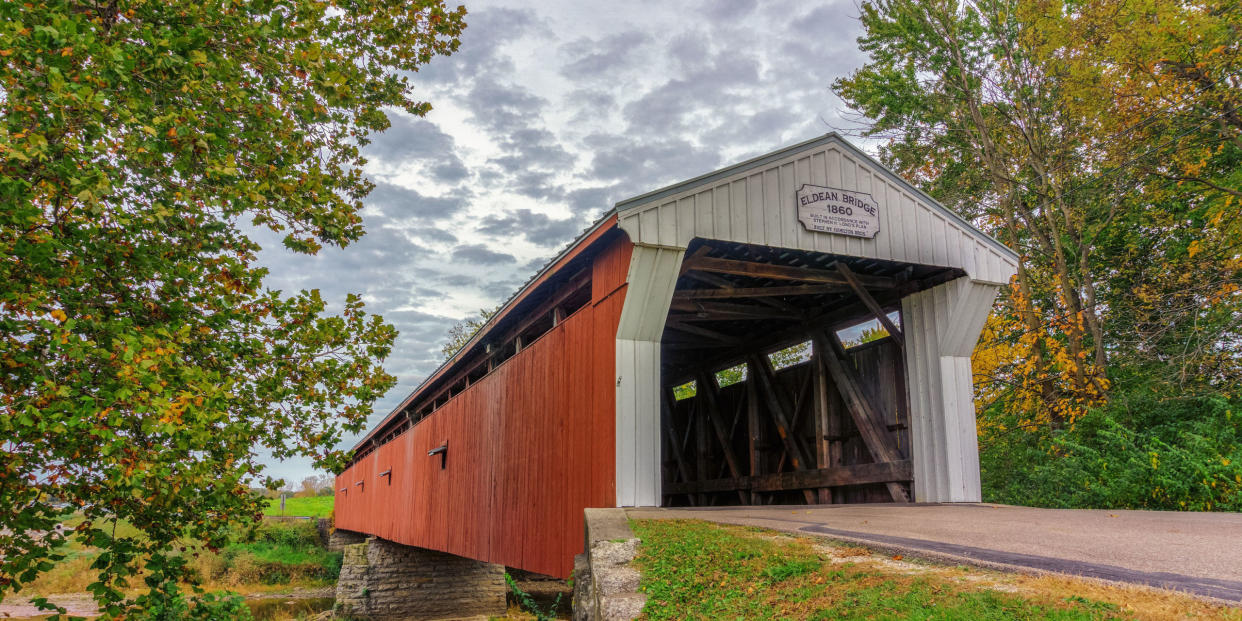
If you're a history buff who loves to travel, your bucket list just got a whole lot longer.
Twenty-four new sites were just established as National Historic Landmarks by the National Historic Landmarks Program, which is administered by the National Park Service. The sites include everything from a historian's home to a chapel that housed the organization that would make César Chávez emerge as a civil rights leader.
"These 24 new designations depict different threads of the American story that have been told through activism, architecture, music and religious observance," said U.S. Secretary of the Interior, Sally Jewell, in a statement. "Their designation ensures future generations have the ability to learn from the past as we preserve and protect the historic value of these properties and the more than 2,500 other landmarks nationwide."
Ready to see them all? Read on for details on each new site, and learn even more about each here.
Medgar and Myrlie Evers House In Jackson, Mississippi
Medgar Evers was assassinated here on June 12, 1963, and the event became a catalyst for the Civil Rights Act of 1964. Medgar Evers was the first nationally prominent civil rights leader to be killed, and Myrlie Evers played a significant role in the National Association for the Advancement of Colored People (NAACP) thereafter.
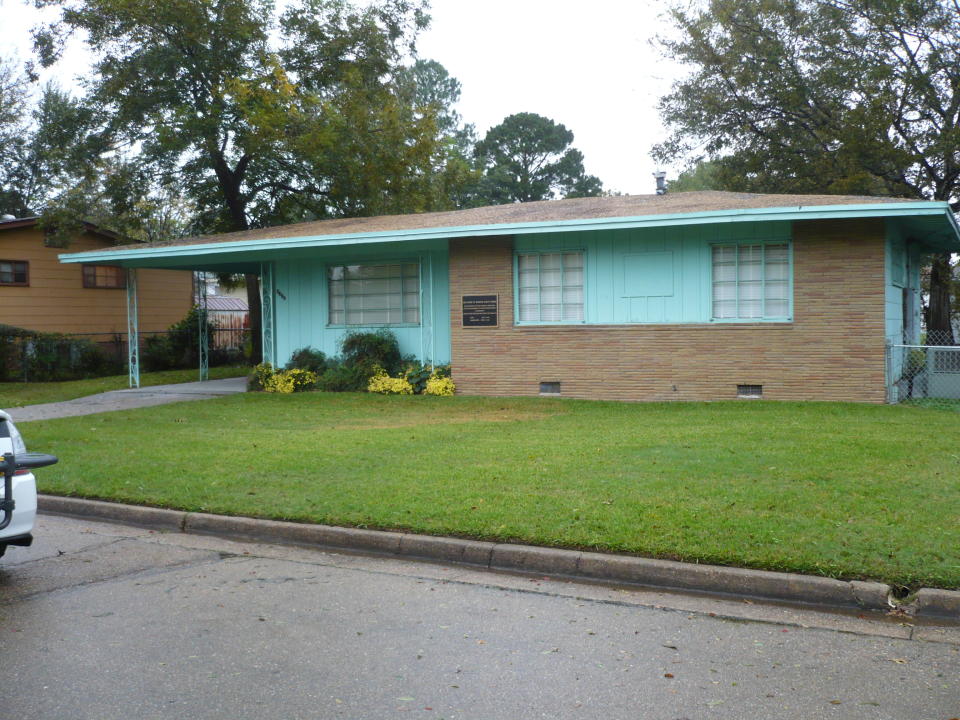
The Medgar and Myrlie Evers House in Mississippi.
Wyandotte National Burying Ground (Eliza Burton Conley Burial Site) In Kansas City, Kansas
Eliza (Lyda) Burton was the first attorney to argue that burial grounds for American Indians also deserve protection by the Federal Government. His particular burying ground is a stark reminder of the federal American Indian removal policy and its consequences during the 19th century.
Schomburg Center For Research In Black Culture In New York City
Programming at this library and cultural center reflects the concept of the African Diaspora, which is a way of studying the history and culture of people of African descent from a global perspective. The idea was promoted by Arthur (Arturo) Alfonso Schomburg (1874-1938), an Afro-Latino immigrant and self-taught book lover.
Greenhills Historic District In Greenhills, Ohio
This district represents important elements of the New Deal policy, which was a key period in the American suburb's evolution. It's one of three Planned Greenbelt towns that were built in the 1930s as demonstration projects.
Chicano Park In San Diego, California
Residents of San Diego, California occupied this park on April 20, 1970 to prevent the building of a California Highway Patrol substation on land that the city had promised to reserve for a community park. The park, a gathering place for Chicanos (Mexican Americans in the United States), has also become representative of the Chicano Civil Rights Movement.
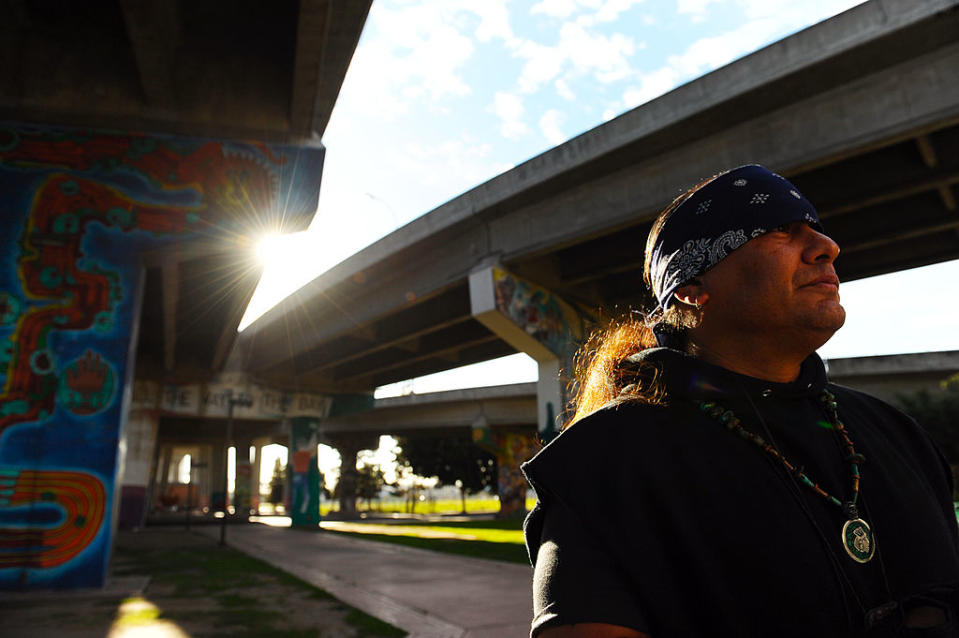
An anti-violence activist stands in the Chicano Park in San Diego.
Casa José Antonio Navarro In San Antonio, Texas
This was the home of historian José Antonio Navarro, who was a defender of Tejano (a Mexican-American inhabiting Texas) rights and helped shape Texas' fate as an independent Republic and part of the United States.
Neutra Studio and Residences (VDL Research House) In Los Angeles, California
This property became known globally as a figure of the 20th-century Modern movement in architecture. It was designed by Richard Neutra, who became the famous founder of mid-century "California modern" design.
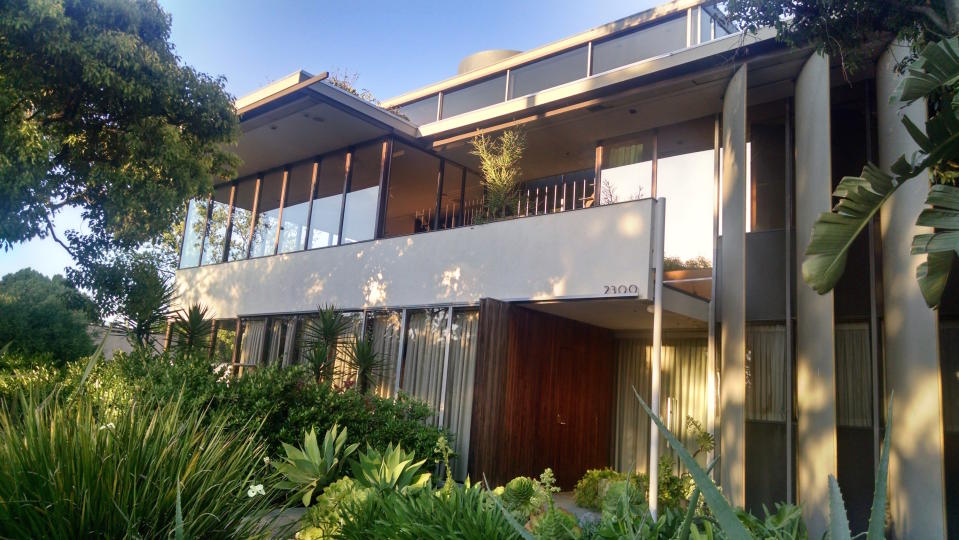
The Neutra Studio and Residences (VDL Research House) in California.
Keim Homestead In Oley, Pennsylvania
An example of early German vernacular architecture (that which is styled based on locally available goods and local traditions), this house showcases decorations, materials and patterns characteristic of the German-American culture in the mid-1700s.
Schifferstadt In Frederick, Maryland
A Georgian-period house built in 1758, this landmark features Georgian design on the outside and Germanic design on the inside. The house illustrates how many immigrants from Germany showcased their social status on their homes' exteriors, but maintained their heritage in the interiors, during that time.
New York State Barge Canal
An early-20th century expansion of New York's canal system, the New York State Barge Canal was constructed to offset the increasing monopoly of railroad corporations. It was "an embodiment of a Progressive Era emphasis on public works," according to the National Historic Landmarks Program.
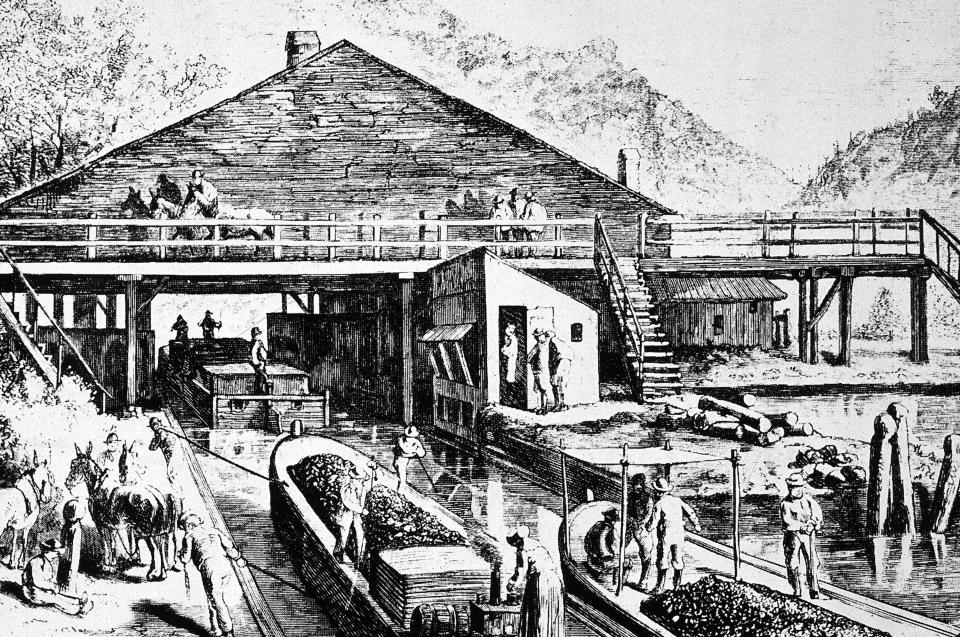
The New York State Barge Canal.
Kimball Village Site In Plymouth County, Iowa
A meticulously preserved Plains Village site, the Kimball Village Site has characteristics of early indigenous farmers, settlements and the overall culture that defined Plains Village circa CE 1100-1250. This was a time in North American history in which hunting and gathering was replaced with intensive horticulture.
Our Lady of Guadalupe Mission Chapel In San Jose, California
This chapel helped connect the Mexican-American civil rights movement and Catholic ministry to ethnic Mexicans. It was the home of the Community Service Organization (CSO), which sparked César Chávez's emergence as a civil rights and labor rights leader.
Painted Desert Community Duplex In Apache County, Arizona
The largest expression of the Mission 66 program, which focused on national parks' need for up-to-date facilities and better visitor experiences after the war, this duplex was designed by architects Richard J. Neutra and Robert E. Alexander and included a visitor center, a new property type at the time.
W. A. Young & Sons Foundry And Machine Shop In Rices Landing, Pennsylvania
This machine shop is a prime example of 20th-century, family-owned job shops, which were an important element of the American industrial economy. The shop includes an extraordinary collection of machine tools.
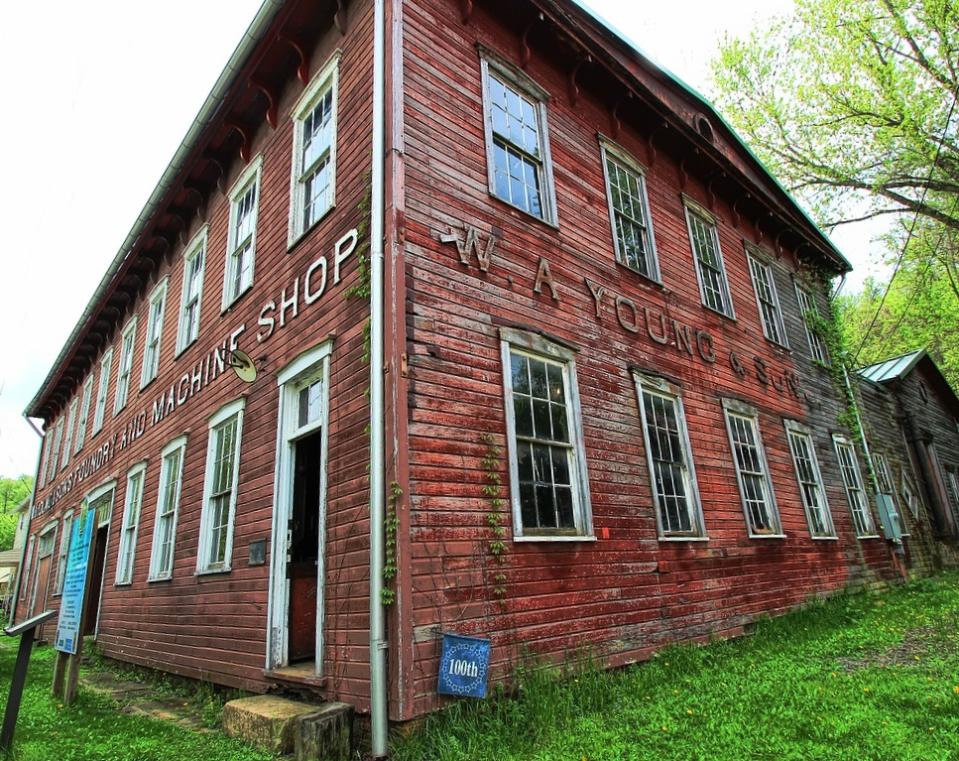
The W. A. Young & Sons Foundry and Machine Sop in Pennsylvania.
Davis-Ferris Organ In Village Of Round Lake, New York
Built in 1846 to 1847 for an Episcopal church in New York City, this organ is a record of American music-making and displays the mechanical and technical advancements of organ building in a pre-Civil War industry.
Pauli Murray Family Home In Durham, North Carolina
Pauli Murray was an educator, writer and Episcopal priest, and served as a bridge figure between social movements because she was an advocate for both civil rights and women's rights. Her work helped provide legal protection for women against employment discrimination.
Eldean Bridge In Miami County, Ohio
Built as the Allen's Mill Bridge in 1860, this structure in Miami County, Ohio, is a wonderful illustration of 19th-century covered bridge construction and is made with a rare timber truss type. It's the most structurally preserved bridge of its kind remaining in the United States.
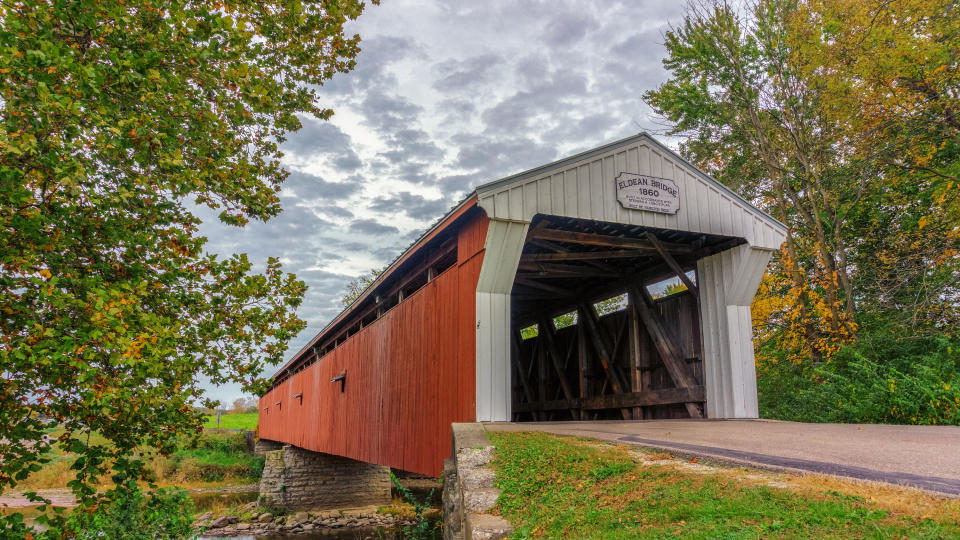
The Eldean Bridge in Ohio.
West Union Bridge In Parke County, Indiana
One of America's most famous covered bridge builders, J. J. Daniels, built this bridge in 1876 using Burr truss, an important timber bridge type widely used in the country for a century.
George Read II House In New Castle, Delaware
This home was built for the son of a Delaware signer of the Constitution and Declaration of Independence, and is a beautiful example of Federal style architecture in the mid-Atlantic region.
Biesterfeldt Site In Ransom County North Dakota
An earth lodge village, Biesterfeldt Site was occupied by the Cheyenne Indians from 1724 to 1780, and is representative of that brief time in their history in which their ways of life were centered around horticulture.
Omaha Union Station In Omaha, Nebraska
A noted example of Art Deco architecture in the nation, the circa-1920s Omaha Union Station was one of the earliest such train stations designed by the Union Pacific Railroad.
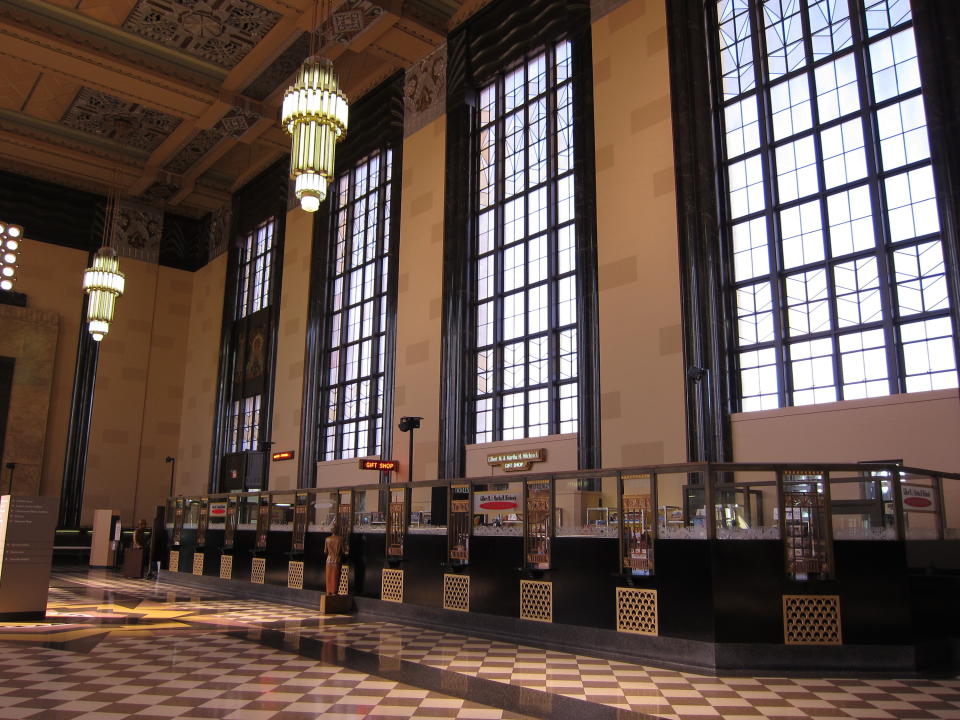
The Omaha Union Station in Nebraska.
Walrus Islands Archeological District Near Togiak, Alaska
This is one of the very last places that offer evidence of human occupation on the Bering Sea continental shelf (when ocean levels were much lower than they are now). At least 6,000 years ago, the earliest inhabitants there were marine-adapted and hunted walruses on the beaches.
48GO305 In Goshen County, Wyoming
Also known has Hell Gap Paleoindian Site, this site has evidence of nine Paleoindian (the first people who inhabited the Americas during the last parts of the Ice Age) cultural complexes dating back some 13,000 to 85,000 years.
May 4, 1970, Kent State Shootings Site In Kent, Ohio
This is the site where the Ohio National Guard shot and killed four Kent State University students during a campus protest against the Cambodian Campaign. Nine others were wounded. The event resulted in a Supreme Court ruling that the executive branch of government does not have absolute immunity for what it does.
You Might Also Like

